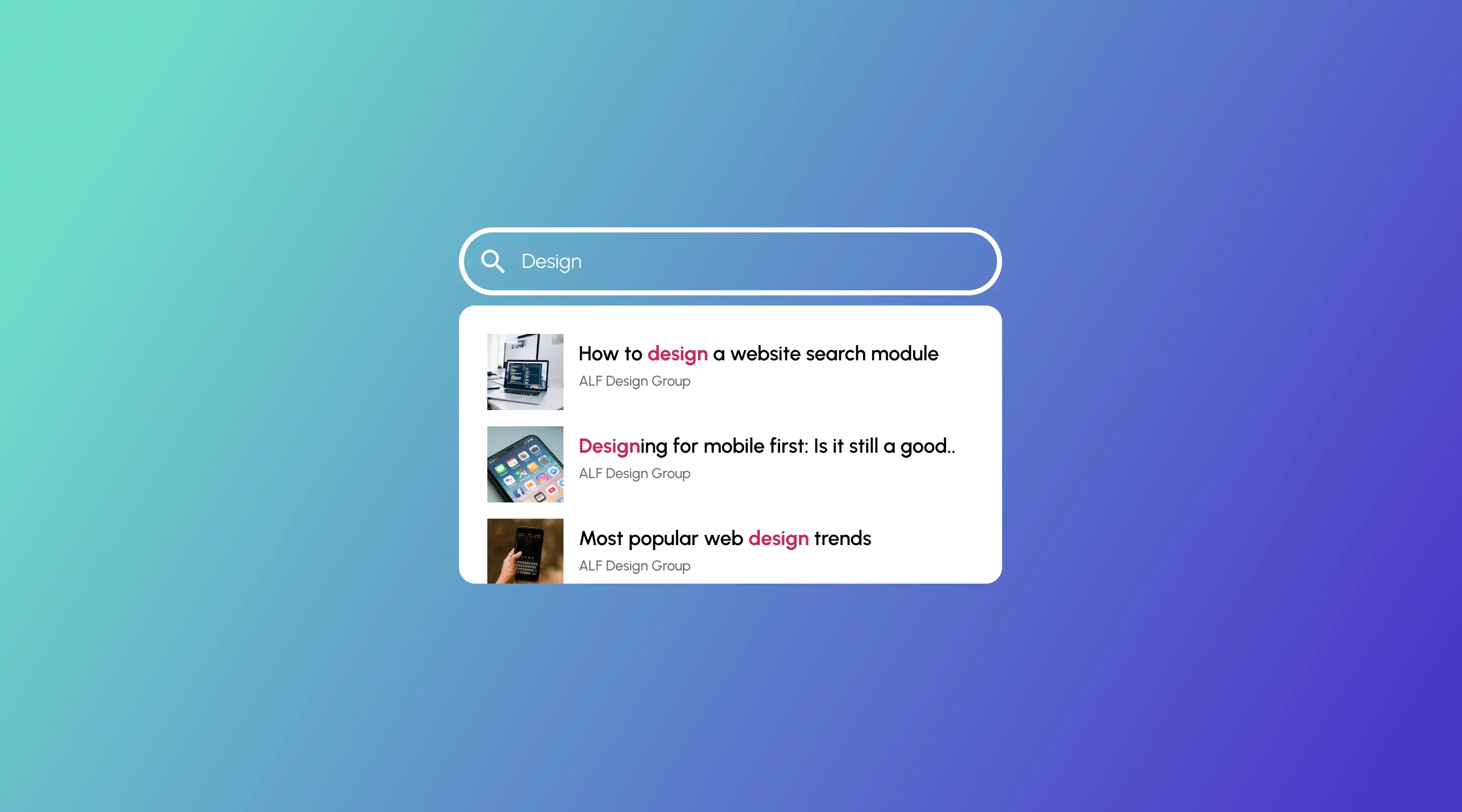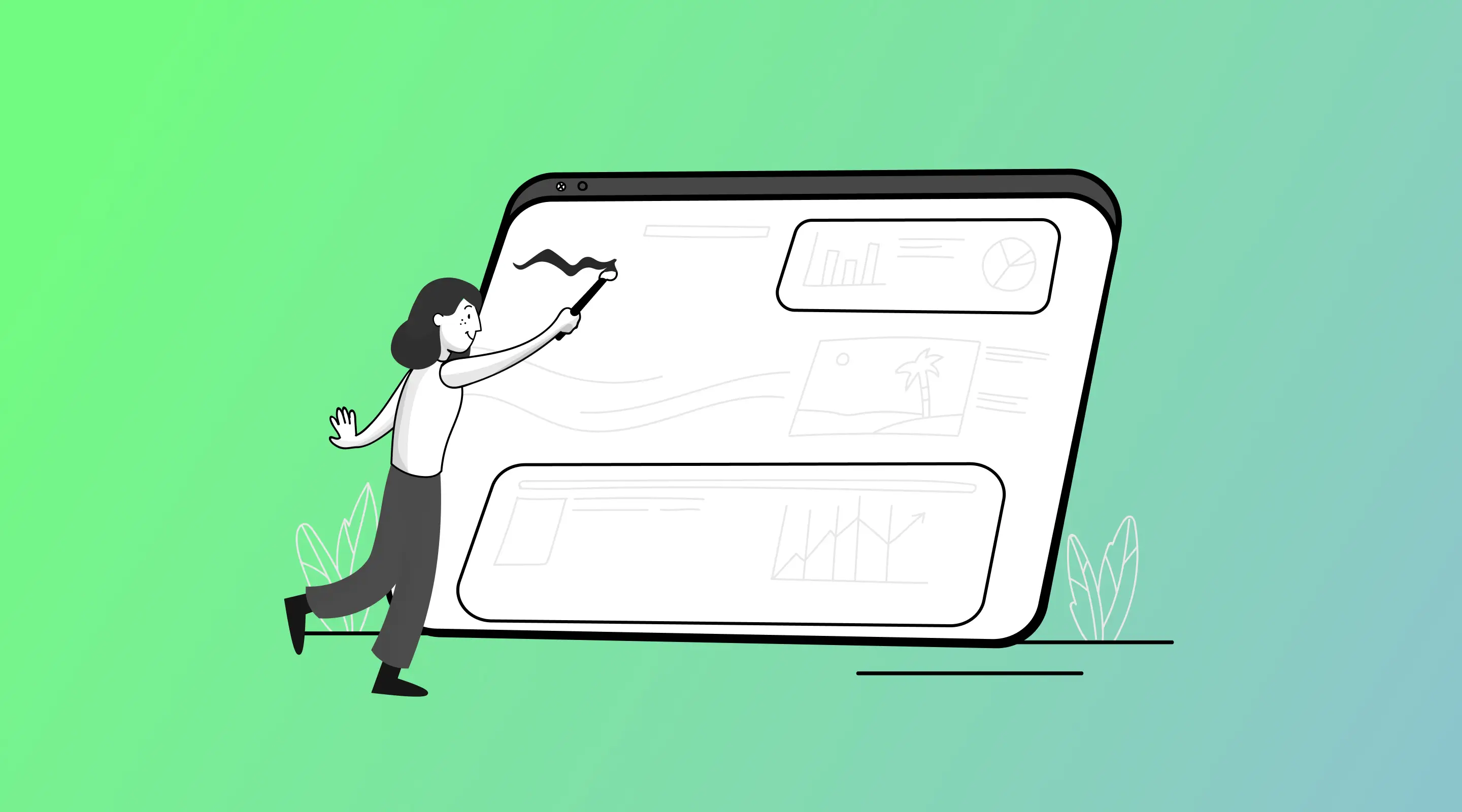Best Practices to Optimise Your Website Homepage in Singapore
Optimise your homepage for UX, speed, and SEO. Discover modern strategies that boost conversions and engagement.

The homepage isn’t just the first impression — it’s the pitch, the handshake, the front desk, and the storefront rolled into one. Whether you’re a startup founder or scaling an enterprise, your homepage acts as your digital ambassador. In 2025’s hyper-competitive web environment, homepage optimisation is no longer optional — it’s foundational.
In this long-form guide, we’ll walk you through how to turn your homepage into a conversion machine while aligning with modern SEO, UX, and performance standards.
Define Your Goals: Start with Strategy
Before jumping into design trends or plugins, take a step back. What is the actual goal of your homepage?
- Is it to convert visitors into leads?
- Showcase your product or services?
- Guide users to take an action?
- Or all of the above?
Set Clear Objectives
Every element of your homepage should serve a purpose. According to Nielsen Norman Group, clarity and relevance are non-negotiable. Define business outcomes (like sign-ups or purchases) and UX metrics (like reduced bounce rates or improved time-on-site).
Understand Your Users: Build with Empathy
A homepage built without understanding your users is like designing a menu without knowing your guests.
Conduct User Research
Use tools like heatmaps (e.g. Hotjar or ContentSquare) and analytics to understand where users click, scroll, or bounce. Pair that with qualitative methods — interviews, surveys, or feedback widgets — to get a complete picture.
Create Personas
Document key personas and their motivations. For example:
- Startup Founder: Wants to understand your credibility.
- Procurement Officer: Needs fast, scannable access to solutions.
- SEO Manager: Looking for content structure and on-page optimisation.
Align your homepage content with these expectations.
Essential Elements of a High-Converting Homepage
Modern homepage design is a balancing act between form, function, and findability. Here are the pillars of high-performing homepage design:
Clear Branding and Messaging
Display your logo, business name, and a succinct tagline near the top. Make it obvious who you are and what you do within 5 seconds. Consistent branding fosters trust and memorability.
Example: “Helping Singapore SMEs scale through award-winning UX and Webflow design.” (ALF Design Group)
Value Proposition Above the Fold
Above-the-fold real estate is prime. Your USP (Unique Selling Proposition) must be obvious without scrolling. A compelling H1 with supporting subtext should answer: “Why should I care?”
Pro Tip: Use the power trio — headline, subheadline, and CTA — to grab attention fast.
Visual Hierarchy
Use size, colour, and spacing to guide the eye. According to Digital Silk, this improves content discoverability and action-taking. Group related content and maintain alignment.
High-Quality Imagery or Hero Banner
First impressions are visual. Use contextual, emotionally resonant images — not stocky distractions. Consider animated LottieFiles, 3D objects, or video headers if they don't compromise performance.
Concise and Scannable Copy
People don’t read — they scan. Break content into:
- Bullet points
- Short paragraphs
- Clear headings
Use F-pattern or Z-pattern layouts that match common eye-tracking behaviour.
Navigation and User Flow
Navigation is the skeletal system of your site. If it’s confusing or bloated, expect high bounce rates.
Keep Menus Simple
Limit top-level menu items to 5–7. Use categories, dropdowns, or mega menus wisely. Group similar pages (e.g. Services → SEO, Web Design, UX Research).
CTAs Above the Fold
Place one primary CTA in the hero section. Examples:
- “Get a Free Audit”
- “Book a Strategy Call”
- “See Our Portfolio”
Use contrasting colours and action-driven text.
Logical Flow
Map your content to a narrative flow: Intro → Problem → Solution → Proof → CTA. Use directional cues like arrows or imagery to guide users downward.
SEO and Content Optimisation
Design and SEO must work in harmony. Your homepage needs to serve Google and your users.
Optimise Key Elements
- Title Tag and Meta Description must include primary and branded keywords.
- Ensure only one H1, with supporting H2s and H3s to structure content semantically.
Refer to Google Search Central for official markup guidelines.
Integrate LSI Keywords
Use supporting keywords (also known as semantic or LSI terms). For example:
- Primary: “homepage optimisation”
- LSI: “conversion-focused homepage,” “UX homepage layout,” “fast-loading homepage”
Important Note: Google no longer uses LSI technology specifically, but SEO professionals still refer to "LSI keywords" as contextually relevant terms that help improve content depth and search relevance.
Answer Key User Questions
Build in short Q&A sections or FAQs like:
- What does your company do?
- Who is this website for?
- How can I get started?
These not only help users, but also match Google’s featured snippet criteria.
Encourage Backlinks
A homepage with strong content and clear navigation encourages others to link back. Add sections like:
- Featured in Media
- Client Logos
- Partnered With
- Testimonials from Influencers
Technical and Performance Best Practices
Page speed and technical health directly affect rankings and UX. Here’s what Hostinger and SE Ranking recommend:
Compress and Optimise Media
- Use WebP formats for images.
- Enable lazy loading for below-the-fold content.
- Reduce scripts and third-party integrations.
Mobile-First Design
Responsive design isn’t enough — you must design for mobile. Prioritise thumb zones, vertical stacking, and large tap targets.
Accessibility Compliance
Follow WCAG 2.1 standards:
- Add alt text for images.
- Use sufficient colour contrast.
- Enable keyboard navigation and screen reader support.
Audit Regularly
Use tools like:
- Google PageSpeed Insights
- Lighthouse
- Ahrefs or SEMrush Site Audit
Check for broken links, crawl errors, and loading bottlenecks.
UX and Trust Signals
UX is the silent salesperson. It tells your visitors: “You’re in good hands.”
Embrace Whitespace
Don’t fear the empty space — use it to guide attention. According to Nielsen Norman Group, whitespace improves comprehension by up to 20%.
Display Social Proof
Use:
- Star ratings
- Testimonials
- Case study links
- Press features
- Client logos
Make trust visible. These build confidence at critical decision points.
Stick to Familiar Layouts
Innovation is good, but don’t reinvent the wheel. Keep navigation at the top, hero at the centre, CTA buttons in expected zones. Too much experimentation kills usability.
A/B Testing, Analytics, and Iteration
Homepage optimisation is never done — it's an ongoing experiment.
Test Strategically
A/B test:
- Headlines
- Button colours/text
- Hero images
- Layouts (e.g., left-aligned vs. centred)
Use tools like Google Optimize or VWO.
Monitor Behaviour
Watch:
- Bounce rate
- Time on page
- Click maps
- Scroll depth
- Entry and exit points
ContentSquare and Hotjar can visualise these metrics beautifully.
Iterate Based on Data
Review analytics monthly. If users drop off at the same point repeatedly, it's a signal — not just a stat. Use it to refine.
Homepage Optimisation Checklist
Want a quick reference guide? Here’s your homepage must-have list:
- Clear value proposition above the fold
- Primary CTA visible and persuasive
- Fast load time under 2.5 seconds
- Optimised metadata and H1/H2 structure
- LSI keywords naturally included
- Accessible and mobile-first design
- Social proof and trust signals visible
- Logical navigation and internal linking
- High-quality hero visuals
- Engaging, scannable copy
- Monthly analytics review and A/B tests
Conclusion: Your Homepage Deserves Better
Your homepage is not static. It’s not a placeholder. It’s a living, evolving experience that deserves regular love, testing, and strategic thought.
From first impression to final click, every pixel and paragraph should be intentional.
Remember: Homepage optimisation isn’t a task. It’s a practice.
Now go ahead — test, tweak, and optimise. And if you ever feel stuck, just ask: Is my homepage doing its job?
{{build-better-experience="/directory"}}
Related Articles

Best Practices for Website Search Design: A UX Guide
Discover how to improve UX with best practices for website search design, tailored for Webflow and UX teams in Singapore.

Apps You Can Integrate with Webflow
Find out about the apps that you can use in Webflow to enhance your design process

How To Be a Great Website Designer in Singapore
In this guide, we’ll explore the essential skills, tools, and strategies to help you excel as a website designer in Singapore.
Launch Your Next Website.
Schedule a call with us if you think that we can help you. The least we can do is to give you good advice.

